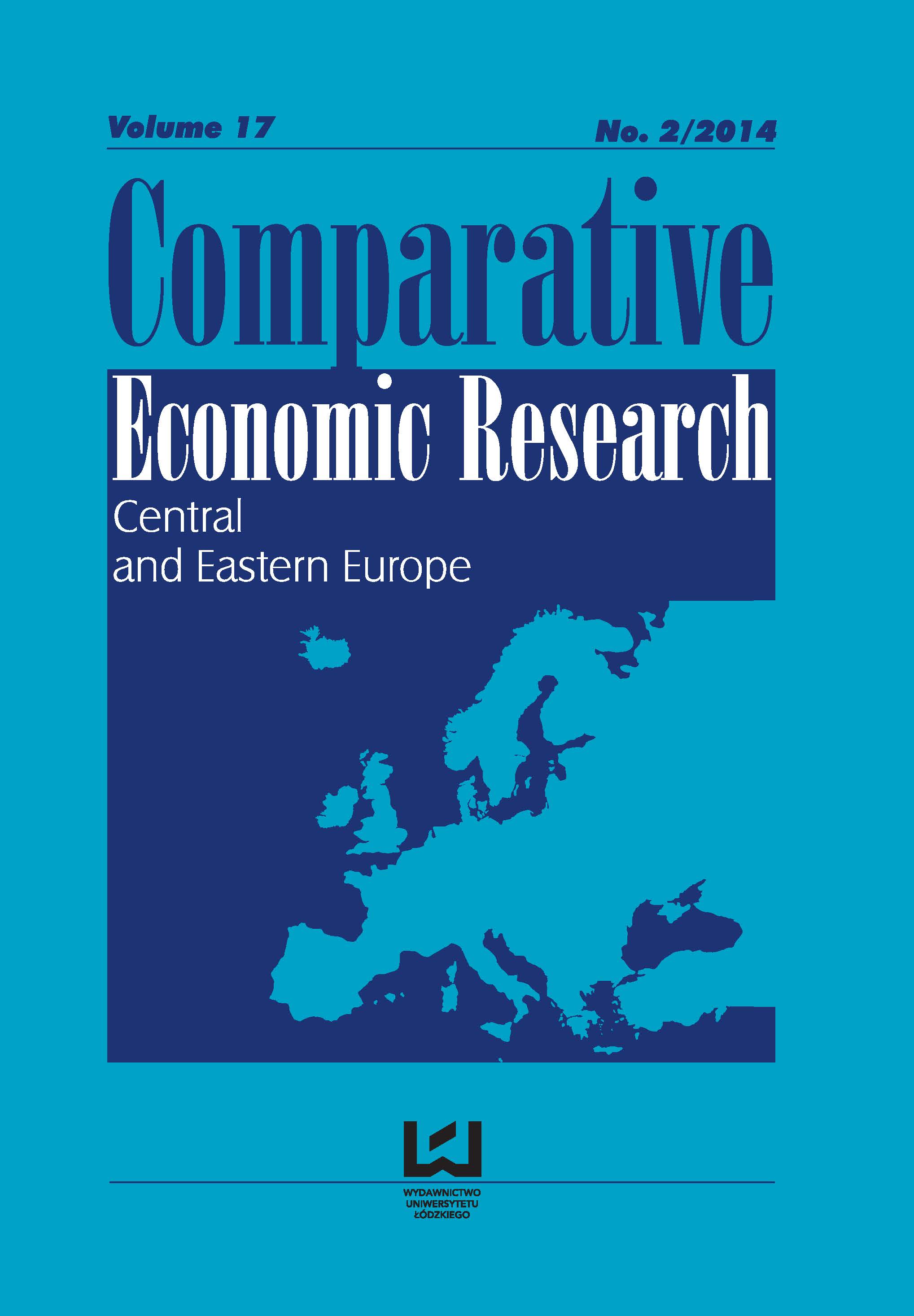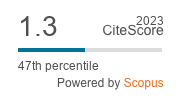Nowcasting Quarterly GDP Dynamics in the Euro Area – The Role of Sentiment Indicators
DOI:
https://doi.org/10.2478/cer-2014-0011Keywords:
nowcasting, sentiment indicatorsAbstract
The paper compares the most closely watched sentiment indicators with respect to their ability to nowcast quarterly GDP dynamics in the Euro Area and its biggest economies. We analyse cross-correlations and out-of-sample forecast errors generated from equations estimated by rolling regressions in fixed-length window. The results show that models employing PMI Composite perform best in the cases of the Euro Area, Germany, France and Italy, whilst Spanish GDP dynamics is best nowcasted using ESI-based models. PMI-based models generate the most accurate nowcasts at the beginning of the quarter, as well as during periods of high volatility of GDP growth rates.
Downloads
References
Antipa P., K. Barhoumi, V. Brunhes-Lesage, O. Darné (2012), Nowcasting German GDP: A comparison of bridge and factor models, Working papers 401, Banque de France
Google Scholar
Červená M., M. Schneider (2010), Short-term forecasting GDP with a DSGE model augmented by monthly indicators, Oesterreichische Nationalbank, Working Papers No. 163
Google Scholar
European Commission (2012), European Business Cycle Indicators, Issue: 4th quarter, http://ec.europa.eu/economy_finance/publications/cycle_indicators/2012/pdf/4_en.pdf
Google Scholar
Giannone D., L. Reichlin, S. Simonelli (2009), Nowcasting Euro Area Economic Activity in Real- Time: The Role of Confidence Indicator, ULB - Université Libre de Bruxelles, Working Papers ECARES No. 2009_021
Google Scholar
Godbout C., J. Jacob (2010), Le pouvoir de prévision des indices PMI, Document d’analyse/Discussion Paper 2010-3, Bank of Canada
Google Scholar
Insee (2008), Two New Indicators to Help Analyse the Economic Outlook in France, http://www.insee.fr/en/indicateurs/analys_conj/archives/december2008_d1.pdf
Google Scholar
Irac D., F. Sédillot (2002), Short-Run Assessment of French Economic Activity Using OPTIM, Banque de France, Working papers No. 88. Camacho M., A.
Google Scholar
García-Serradorb (2011), The Euro-Sting revisited: PMI versus ESI to obtain euro area GDP forecasts, BBVA Bank, Economic Research Department Working Papers No. 1120
Google Scholar
Keeney M., B. Kennedy, J. Liebermann (2012), The value of hard and soft data for short-term forecasting of GDP, Economic Letters Series, No. 11, Central Bank of Ireland
Google Scholar
Liedo D., E. Muñoz (2010), Nowcasting Spanish GDP Growth in Real Time: One and a Half Months Earlier, Banco de Espana Working Paper No. 1037
Google Scholar
Mitchell J., B. Buraimo, G. Montana (2010), Density nowcasts and model combination: nowcasting Euro-area GDP growth over the 2008-9 recession, National Institute of Economic and Social Research, NIESR Discussion Papers No. 368
Google Scholar
Rossiter J. (2010), Nowcasting the Global Economy, Bank of Canada, Discussion Papers No. 10-12
Google Scholar
Downloads
Published
How to Cite
Issue
Section
License

This work is licensed under a Creative Commons Attribution-NonCommercial-NoDerivatives 4.0 International License.











